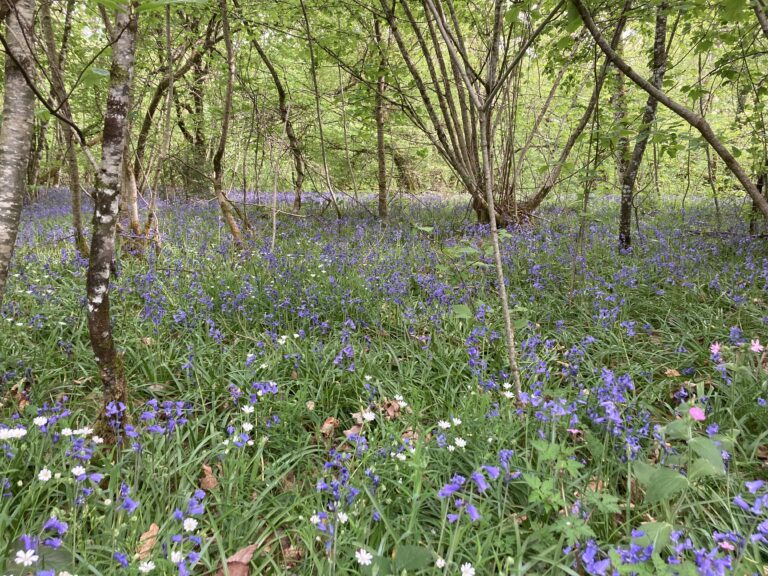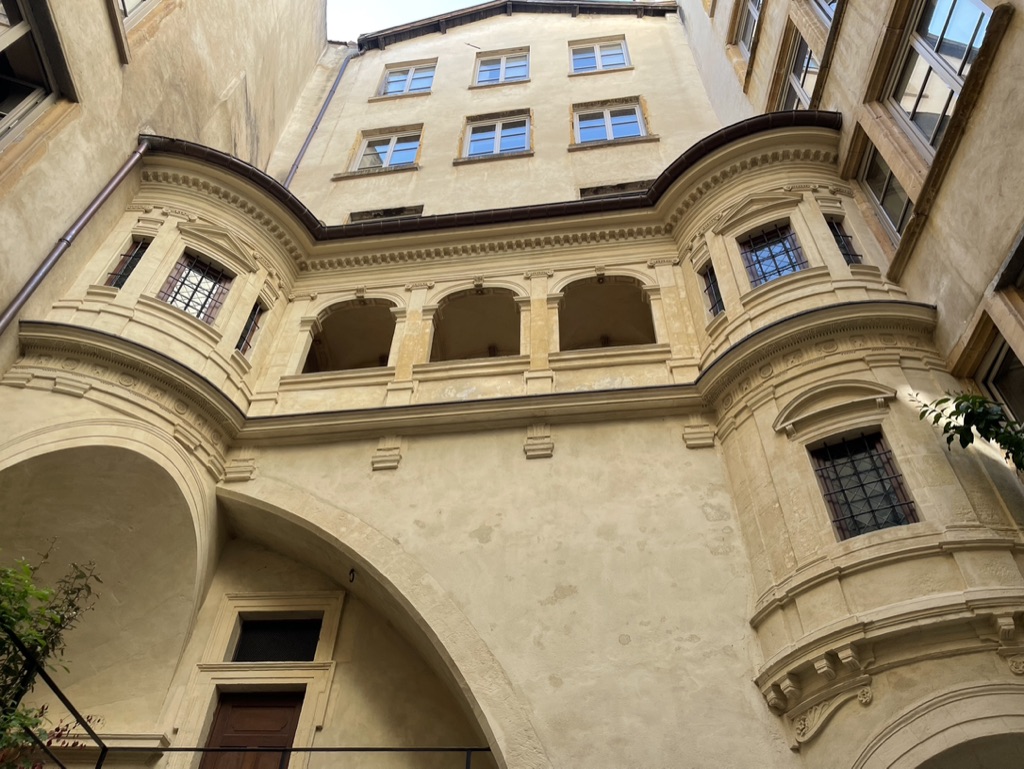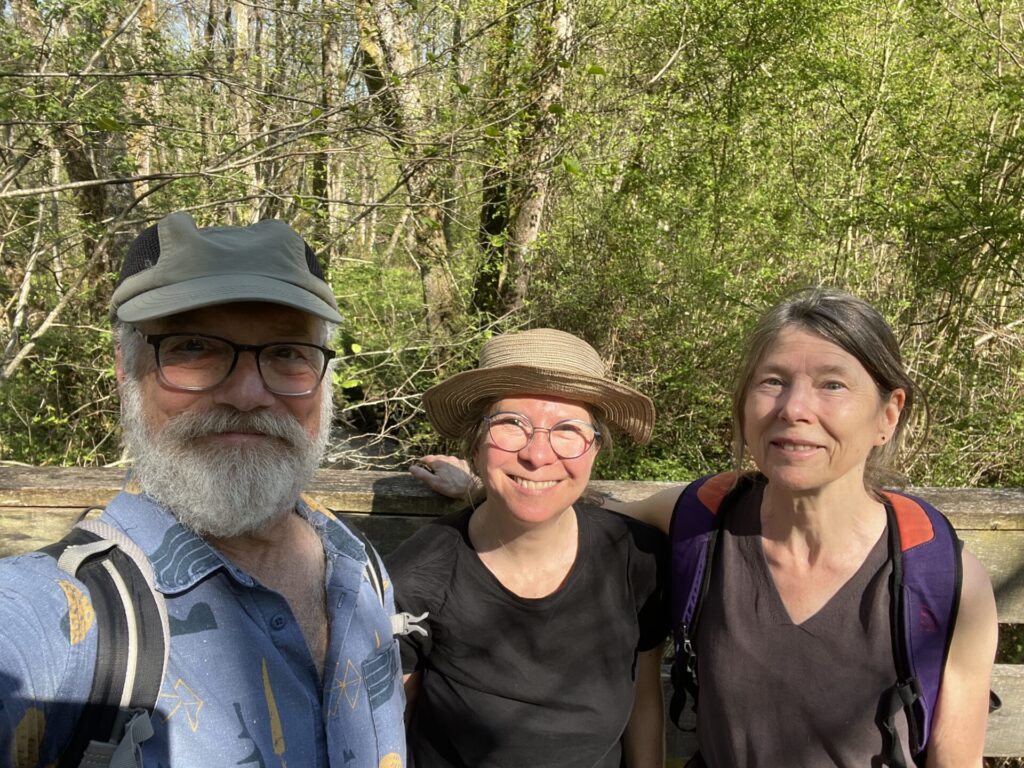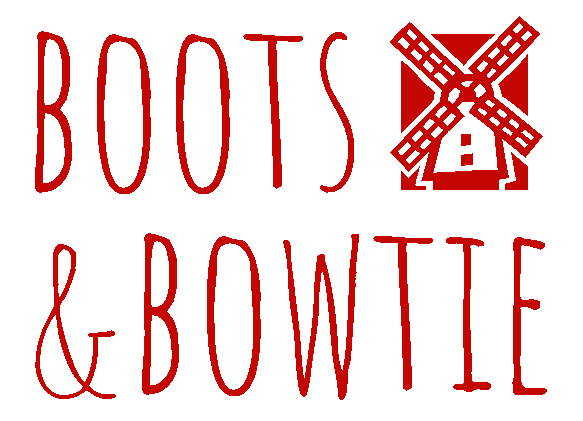
Mrs Boots took a couple of tumbles last month. Don’t worry – she’s fine. The wagon she fell from was her habitual vegetarianism; the temptation of guinea fowl and France was simply too much for her.
To be fair, we were in one of the world’s most tempting culinary regions: Lyon and the Morvan in southeastern France – all part of the Burgundy wine region. Our Boots and Bowtie manifesto talks about gastronomic walking closer to home in the Benelux countries, so we’re guilty of “mission creep” on this trip. Still, we feel it’s worth writing about the area, its fabulous walking and stellar dining.
Food in Lyon
Lyon is France’s foodiest city. Traditional Lyonnais fare is famously hearty. The traditional restaurants bouchons in the Vieux Lyon quarter on the left bank of the Saône serve pâté, tripe soup, coq au vin, head cheese, blood pudding with apples, horrifying tripe sausages (andouillette), and salade Lyonnaise – with bacon, croutons and poached egg. River fish is featured in such dishes as quenelle of pike. A group of high-end restaurants have formed the Société Paul Bocuse, named for the famous chef who boosted the level of traditional cooking to something celestial. We had a meal at the Bocuse Brasserie L’Est (14 Place Jules Ferry) that knocked our gastronomic socks off: pumpkin soup with chestnuts to start, then a mushroom risotto for Mrs. Boots, a half coquelet rôti for Mr. Bowtie. Mont Blanc and a chocolate tart for dessert.
Walking in Lyon
Not every visitor to Lyon’s medieval district is aware that there are hidden passageways through many of the buildings, called traboules. In the Middle Ages most streets followed the North-South axis of the rivers – the Rhône and Saône. To get from one street to the next, there was a right-of-way through the courtyard of many of the buildings. Many of these courtyards can still be seen. The city has asked residents in the Vieux Lyon district to keep their traboules accessible to tourists, though many now have locked doors on at least one side. Some are listed on Google maps, but the best way to explore these hidden wonders is with a telephone app.
The name comes from Latin: trans-ambulare, to cross.

One particularly nice courtyard is at 8 rue Juiverie. Sixteenth-century owner Antoine Bullioud employed the architect Philibert de l’Orme to connect his two houses (presumably alike in dignity, but who knows?) with a passageway on the first and second stories, obviating the need to cross at courtyard level.

Many traboules have imposing-looking medieval doors, like this one at Maison Thomassin, 2 Place du Change. There’s nothing there to tell you that the door is unlocked and that you’re welcome to go inside. Hence the need for the app. It’s clear that some of the residents are annoyed at the endless to-ing and fro-ing of tourists through their buildings. The courtyards are stone and therefore amplify the sound of (our) talking. That’s probably why some are closed entirely, in spite of an agreement with the city to leave at least one door open during the day. There’s also the issue of security: many traboules have a locked gate at the stairway entrance: you can visit the courtyard, but not climb the stairs to the level of the apartments.
Other sights worth a visit are the Roman amphitheater and odeon. Next to these is Lyon’s archeological museum, with five stories of artefacts and creative exhibits bringing various periods alive – seniors from anywhere get in free. The Musée des Beaux-Arts is another gem. Just as you enter, you see two enormous 18th-century sculptures representing the city’s two rivers. For food maniacs, have a look at the many food shops in Les Halles de Lyon Paul Bocuse, 102 Cours Lafayette.
The cathedral, started in the 12th century, is close to the river (and a street lined with bouchons) and has a 14th-century astronomical clock. You can take a funicular up to the Basilique Notre-Dame de Fourvière, built in the 19th century (“ornate” would be an understatement), but there’s also a steep path through the Parc des Hauteurs with panoramic views and a rose garden.

Le Morvan
After all this nourishing urban walking, we headed out to the countryside. What little we’d heard about the Morvan area of France is that it’s beautiful and thinly enough populated that we’d need to get around by car.
The terrain is hilly, sometimes seriously so. It is officially designated a parc naturel, which means there can still be economic development if it’s done with preserving the natural environment in mind. For a park, the Morvan is big, bigger than Luxembourg. Four départements come together inside its borders. And since it’s technically within this Bourgogne-Franche-Comté region, we figured we’d still be all right for food and drink. The Dutch language still uses the term “Bourgondisch” for eating and drinking well, recalling the days when the dukes of Burgundy ruled over the Netherlands and, we guess, lived high on the cochon.
Some major walking routes go through the Morvan, such as the Camino de Santiago (de Compostela) which passes through Vézelay, and the “Chemin d’Assise”, leading all the way to St Francis’ native Assisi. There are also many regional and local trails throughout the area. We are fans of mapy.com, a Czech app that can be a very helpful tool, whether you’re planning your trip or simply lost.
Admittedly, we only scratched the surface of the Morvan, but we loved everything about it. The scenery is gorgeous – monumental trees, views, hills, it’s got it all. Major paths are usually well marked, and fewer of them are paved than elsewhere. The food is good if not always fancy. People are genuinely warm and welcoming, with a good sense of humor as well as a respect for nature.
Having said this, a few things are worth taking into account:
- We had perfect weather. You may not.
- Many businesses including food shops often close for lunch in the early afternoon
- Don’t assume that local services are 9-to-5 operations; a bank we saw on an online map was open only on Thursday mornings.
- Vegetarians may have a tough time in restaurants (this applies to Lyon as well); vegans might want to reconsider this as a destination. Check menus online.
Where Boots and Bowtie actually went:
Anost packs a punch for a town of about 700 inhabitants. Its history is as a crossroads where carts were loaded and sent to market towns, and you can see the old weighing station in the square. It has a hotel/restaurant, pizzeria, pharmacy, post office, bakery, small grocery store, butcher shop, its own wi-fi, and an organic famer’s market on Sundays. There is a tiny cinema showing movies on Friday and Saturday nights. There is a municipal campground and a lake for swimming. They put on themed nature walks, and they host an annual “fête de la vielle” in August, three days of music played mostly on hurdy-gurdy and bagpipe. Depending on your predilections this may be totally cool or thoroughly terrifying.
Besides the Route d’Assise, we walked many of the trails that start in or go through Anost, including a climb up to the statue of Notre-dame-de-l’Aillant on a hill overlooking the area, which we sense would be a local make-out spot.
We got a couple of recommendations for where to eat near Anost, thanks to a kind resident we met while walking. She told us about L’Avant Gare in nearby Vaumignon, where the old train station by the river has been turned into a funky and friendly bar and restaurant. And in Roussillon try out the Auberge de Roussillon en Morvan. Thing is, neither have a website; they both use Facebook as their link to the greater world.
Vézelay is famous as a stop on the Santiago de Compostela path. The main street leads to a 12th-century basilica at the top of the ridge, with beautiful views on two sides. There are plenty of places to stay and eat. There’s more high-end eating here, as well as a hotel with a stunning 200-year-old wisteria under whose blooms you can have a drink and listen to the hum of the bees (Les Glycines, on the main drag). The town has been designated one of “les plus beaux villages de France” as well.

